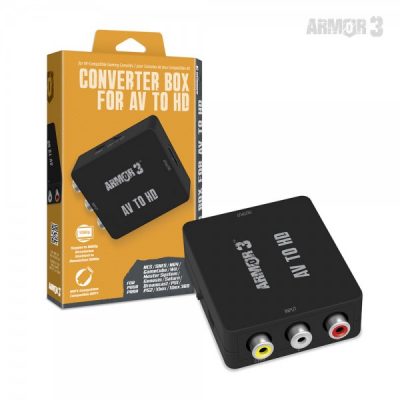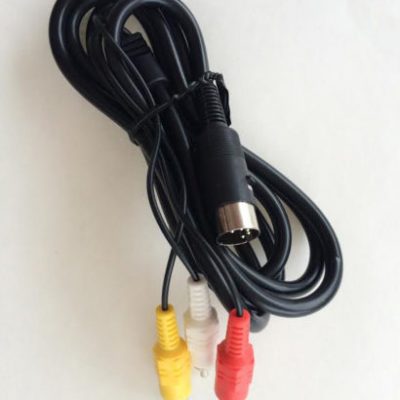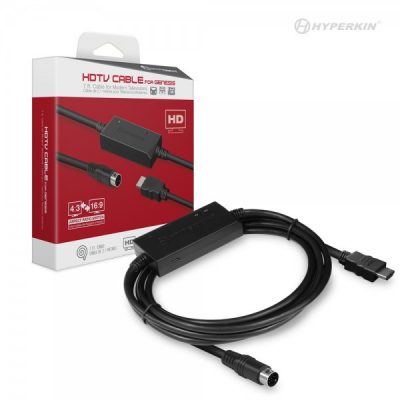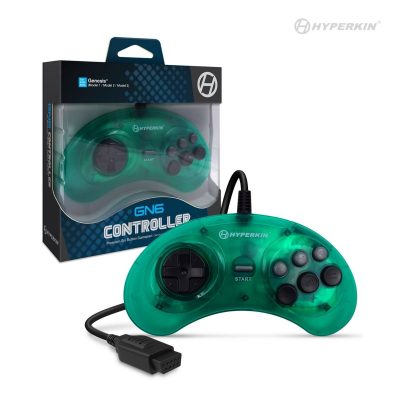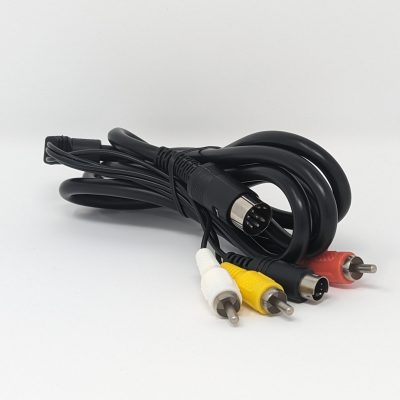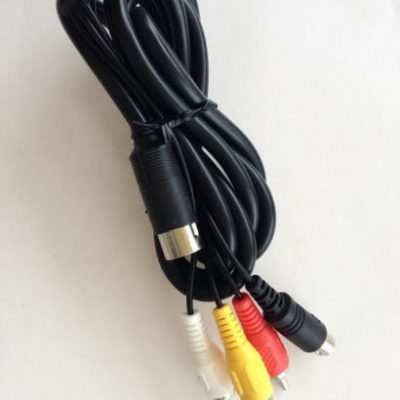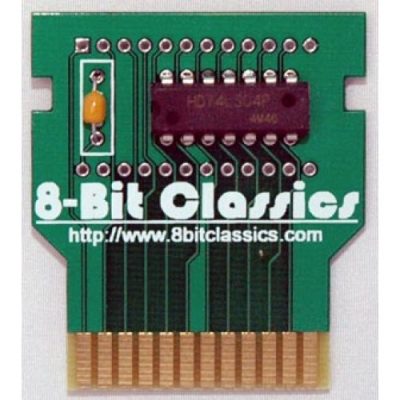Sega Genesis
The Sega Genesis, known as the Mega Drive[c] outside North America, is a 16-bit fourth-generation home video game console developed and sold by Sega. The Genesis was Sega’s third console and the successor to the Master System. Sega released it in 1988 in Japan as the Mega Drive, and in 1989 in North America as the Genesis. In 1990, it was distributed as the Mega Drive by Virgin Mastertronic in Europe, Ozisoft in Australasia, and Tec Toy in Brazil. In South Korea, it was distributed by Samsung as the Super Gam*Boy and later the Super Aladdin Boy.[d] In Russia, it was distributed by Bitman.
Designed by an R&D team supervised by Hideki Sato and Masami Ishikawa, the Genesis was adapted from Sega’s System 16 arcade board, centered on a Motorola 68000 processor as the CPU, a Zilog Z80 as a sound controller, and a video system supporting hardware sprites, tiles, and scrolling. It plays a library of more than 900 games on ROM-based cartridges. Several add-ons were released, including a Power Base Converter to play Master System games. It was released in several different versions, some created by third parties. Sega created two network services to support the Genesis: Sega Meganet and Sega Channel.
* Information provided by Wikipedia
| Manufacturer | Sega |
| Generation | Fourth generation |
| Type | Home video game console |
| Release date | August 14, 1989 |
| Introductory price | US$199 |
| Discontinued | 1997 (Sega) |
| Units sold | 30.75 million |
| Media | ROM Cartridge |
| CPU | Motorola 68000 @ 7.6 MHz |
| Zilog Z80 @ 3.58 MHz | |
| Memory | 64 KB of RAM |
| 64 KB of Video RAM | |
| 8 KB of Audio RAM | |
| Graphics | 320×224, 256×224, 512 colors, 61 at one time |
| Sound | Yamaha YM2612, Texas Instruments SN76489 |
| Controller input | Sega Game Pad |
| Power | Varies per version |

